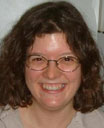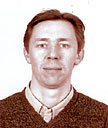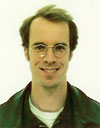Desy, Hamburg

My main research interests are in the interplay between particle physics and cosmology and in general in physics beyond the Standard Model.
I have been active in computations of the CP asymmetry in the decay of heavy RH neutrinos, that could play a role in explaining the baryonic asymmetry of our Universe, in building inflationary models and testing their predictions towards observations and also in studying the properties of an exotic supersymmetric Dark Matter candidate, the axino.
Recently I have also become involved in studying the possibility of realizing Grand Unified Theories in extra dimensions.




